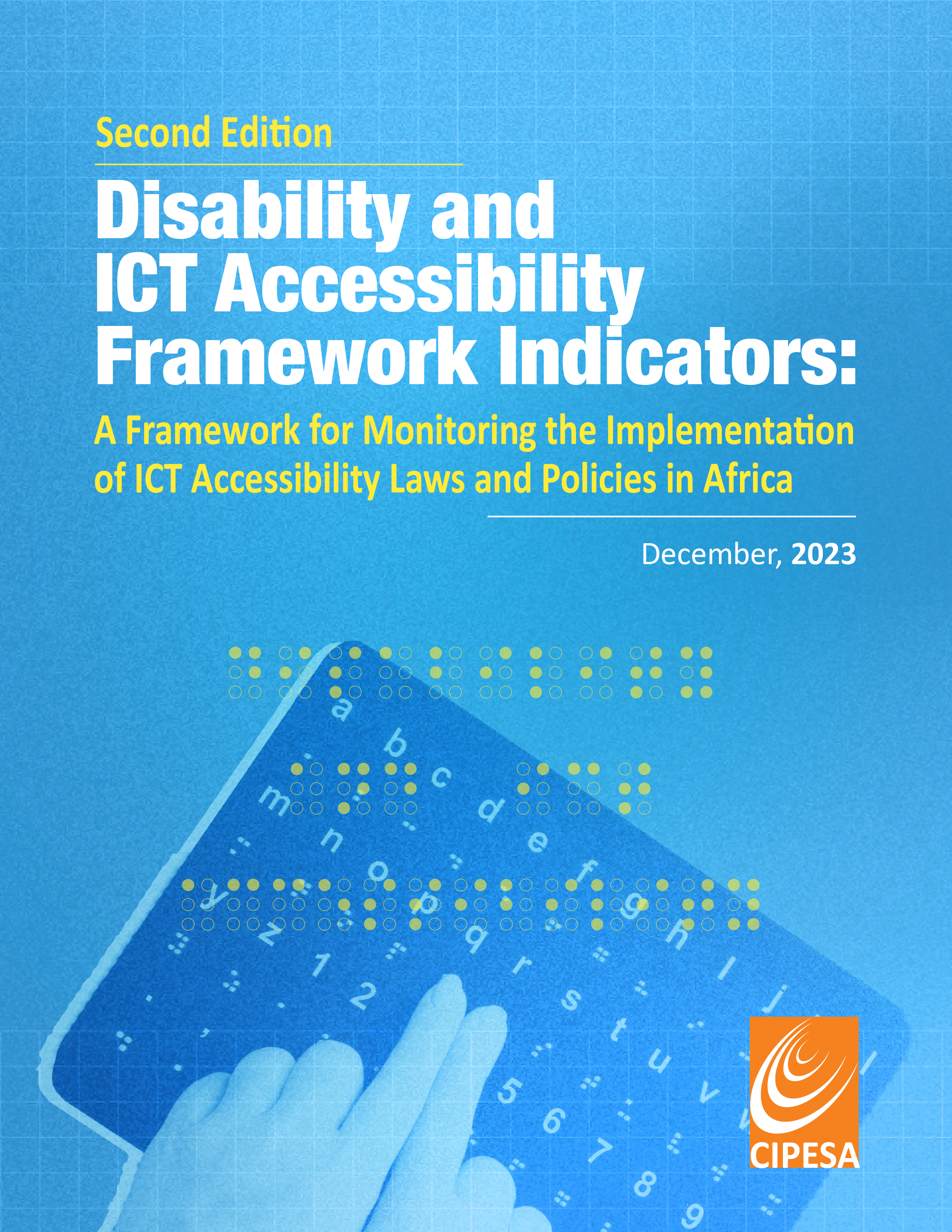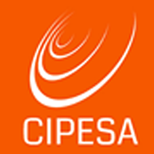By Frank Kisakye |
In many instances, persons with disabilities are unable to use digital technologies because these technologies lack “digital accessibility,” namely the ability of a website, mobile application, or electronic document to be easily navigated and understood by a wide range of users, including those with visual, auditory, motor or cognitive disabilities. The issue is especially key in African countries, where persons with disabilities contend with various forms and layers of exclusion, contradicting the potential for inclusion promised by technology despite one of the pillars of the 2030 Agenda for Sustainable Development Goals (SDGs) pledging to “leave no one behind.”
Against this background, the Collaboration on International ICT Policy for East and Southern Africa (CIPESA) hosted experts from multiple countries in a webinar to discuss developments pertaining to efforts aimed at enhanced digital inclusion for persons with disabilities. The webinar also served to commemorate the International Day for Persons with Disabilities on December 4, for which CIPESA launched its revised Disability and ICT Accessibility Framework Indicators: A Framework for Monitoring the Implementation of ICT Accessibility Laws and Policies in Africa.
Speaking at the webinar, Dr. Abdul Busuulwa, a lecturer at Kyambogo University Institute for Special Needs (Uganda) and also a CIPESA board member, noted that there are several tools and devices that mitigate barriers to accessibility for users with visual, physical, hearing, intellectual, and psychosocial disabilities. He also highlighted the accessibility guidelines published by the Web Accessibility Initiative of the World Wide Web Consortium which are aimed at making web content more accessible for persons with visual and hearing impairment, learning disabilities, cognitive limitations, limited movement, speech disabilities, photosensitivity, and combinations of these.
However, the spectrum for ensuring digital access for persons with disabilities is expansive. Titilola Olatunde-Fasogbon, a senior associate at Udo Udoma & Belo-Osagie (Nigeria), noted that in addition to the technical aspects of inclusion, such as websites, more deliberate efforts need to be made by stakeholders in the information ecosystem. Olatunde-Fasogbon pointed out the role of media houses and the need for more investment into meeting the needs of persons with disabilities as part of broadcasting, such as through more sign language interpretation, subtitling, dubbing for non-English speakers or audio-to-text options, as well as provisions for alternate text for non-text content.
She added that governments also need to ensure that policies and laws align to enhance digital inclusion for excluded communities and that they should be at the forefront of driving such policies. Further, that for digital inclusion to be realised for persons with disabilities, civil society organisations must pursue more collaborative efforts with governments as “governments are obligated to offer the much-needed tax-related policies, tax holidays for commercial companies involved in digital inclusion beyond just passing the laws.”
Collaborative efforts were also emphasised by Dr. Diana Msipa, Manager, Disability Unit at the University of Pretoria (South Africa), who stressed that digital inclusion efforts should even be more deliberate for persons with disabilities in rural areas as they face numerous exclusions such as limited availability of infrastructure and public resources, as well as scarce economic opportunities. Dr. Msipa called for more conscious efforts to make it mandatory for governments and organisations to translate adverts, engage sign language interpreters, and use of non-complex language, among other measures, to ensure information reaches audiences often excluded.
Further efforts at Diversity, Equity, and Inclusion (DEI) also need to be part of narratives on digital inclusion for persons with disabilities, including through more employment opportunities and leadership positions for persons with disabilities. Dr. Karen Smit, Manager of Disability Unit at Vodacom (South Africa) stated that, “Employers should embrace an inclusive culture so that staff with disabilities can feel they belong. Senior leaders must speak about disability, and ongoing awareness raising must be conducted with management and all staff.”
Dr. Smit noted that solutions for digital inclusion already exist for mainstream devices and called for more stakeholders, including private sector actors, to pursue awareness initiatives and campaigns on their existence. She noted that Safaricom – a subsidiary of Vodacom – introduced the Interactive Voice Response (IVR), a mobile money (M-PESA) solution that enables the visually impaired and blind customers to be in control of their M-PESA transactions.
Similar sentiments were expressed in a 2020 CIPESA report – Access Denied How Telecom Operators in Africa Are Failing Persons With Disabilities, which found that while there are various efforts to increase ICT usage in Africa, there is limited information about what telecom companies are doing to promote digital accessibility.
While there may be efforts aimed at improving digital inclusion, these need to be assessed regularly. CIPESA’s Revised Disability and ICT Accessibility Framework notes that an accessible web also benefits people without disabilities, for example, older people with changing abilities, people using a slow/expensive Internet connection; and people with “temporary disabilities” such as a broken arm or poor eyesight. The framework implores companies, governments, and organisations to conduct a self-diagnosis on whether they meet the threshold of the five broad disability and ICT accessibility framework indicators which include legal and regulatory, accessibility framework for public access, mobile communication accessibility, television, video programming accessibility, and web accessibility.
The five indicators were informed and crafted around key provisions within national laws, policies, and international human rights instruments on ICT and Disability. Other international ICT Accessibility standards, such as The Web and Mobile Content Accessibility Guidelines developed by the World Wide Web Consortium, informed the indicators.
It is anticipated that this framework will be useful for monitoring and measuring public and private stakeholders’ compliance and implementation of inclusion obligations and inform research, advocacy, and capacity building on ICT for persons with disabilities in the region.
In addition, the assessment informs planning for different interventions at country and regional levels since it reveals areas that need further interventions. It can also highlight good practices that can help inspire other countries that may still be far in the journey or still struggling with certain aspects of improving their disability digital rights.
Panelists encouraged Disability Rights Organisations, policymakers, mobile network operators, researchers, and academia interested in advancing the rights of persons with disabilities to utilise the framework as a key pillar in their digital accessibility and inclusion efforts.
 Here is the Disability and ICT Accessibility Framework Indicators: A Framework for Monitoring the Implementation of ICT Accessibility Laws and Policies in Africa
Here is the Disability and ICT Accessibility Framework Indicators: A Framework for Monitoring the Implementation of ICT Accessibility Laws and Policies in Africa

